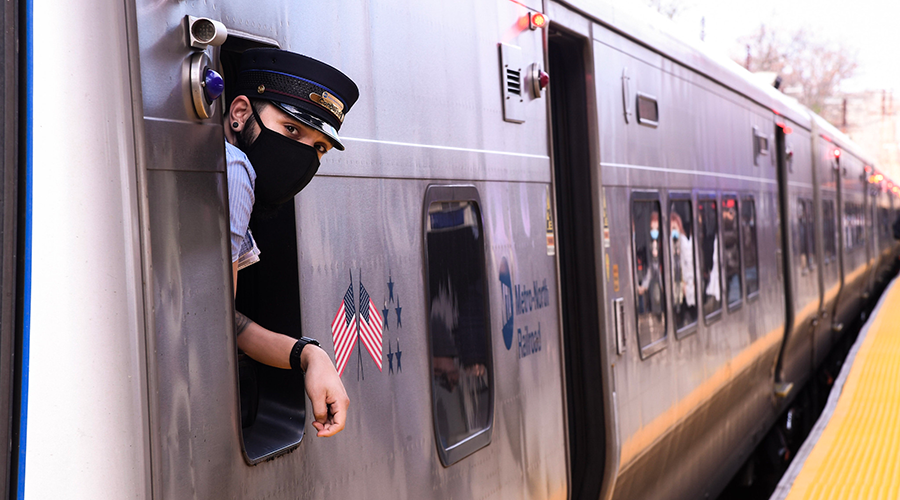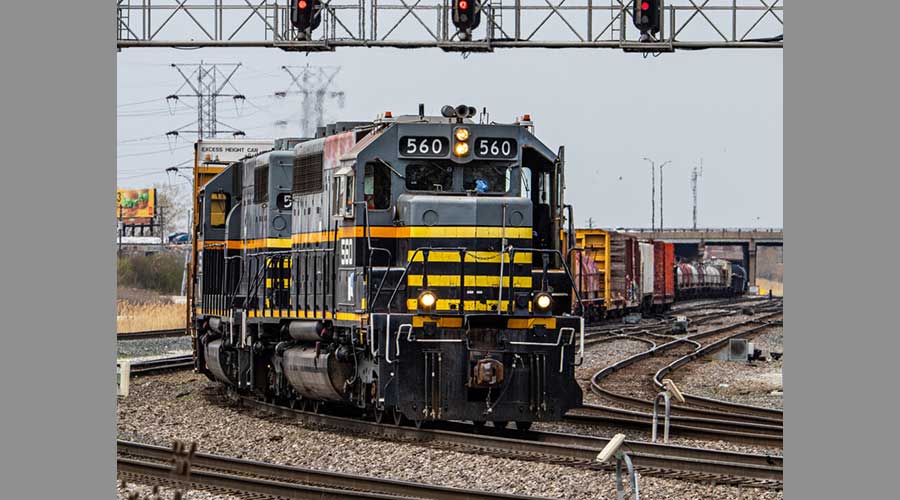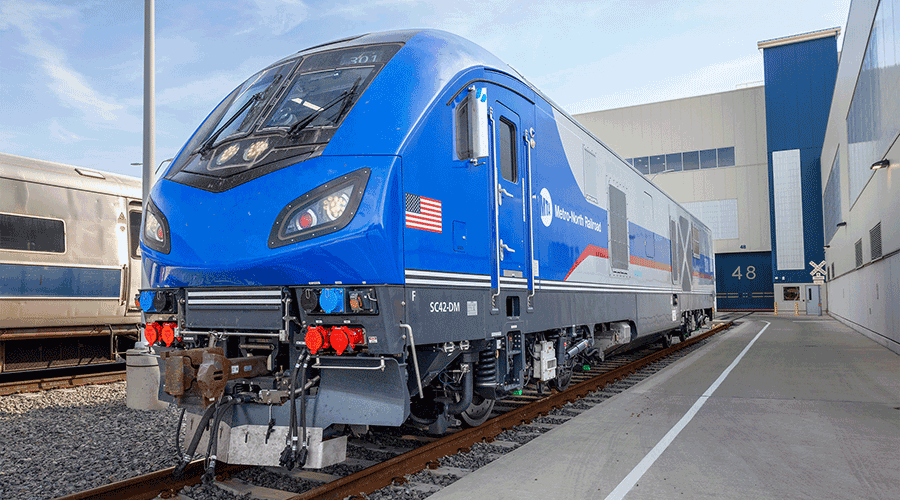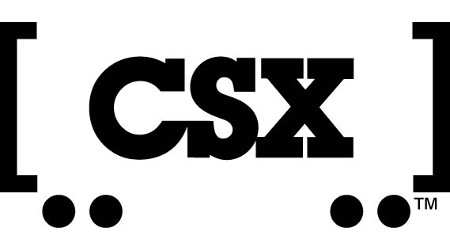Stay updated on news, articles and information for the rail industry
11/19/2020
Rail News: Passenger Rail
MTA proposes major service cuts, layoffs in 2021 budget

The Metropolitan Transportation Authority (MTA) yesterday released its proposed 2021 budget and four-year financial plan that calls for slashing rail service nearly in half, eliminating 3,300 rail positions, and pausing the agency’s capital plan in the absence of additional federal aid to recover from the impact of the COVID-19 pandemic.
Without emergency aid, the MTA is proposing service reductions of 40% for the New York City subway and 50% for the Long Island Rail Road and Metro-North Railroad, for a combined annualized savings of nearly $1.3 billion, MTA officials said in a press release.
Service reductions are estimated to result in the elimination of nearly 3,300 positions — 2,400 positions on the NYCT subway and 900 positions on the LIRR and Metro-North. Cuts to bus service will result in the elimination of nearly 5,900 additional positions.
The rail service reduction may result in a 35% reduction of the subway fleet to reduce costs associated with maintenance, cleaning and inspections. On the LIRR and Metro-North, the service reductions may result in hourly wait times between trains on less busy lines.
The MTA presented the "worst-case" 2021 spending plan at yesterday's board meeting that assumes no additional federal emergency relief. At the same time, the agency is continuing its aggressive effort to secure $12 billion in federal funding, MTA officials said. Should Congress pass that relief, the agency will make adjust the budget during 2021, they said.
"The MTA continues to face a once-in-100-year fiscal tsunami and this is without a doubt one of the most difficult and devastating budgets in agency history," said MTA Chairman and Chief Executive Officer Patrick Foye. "No one at the MTA wants to undertake these horrific cuts, but with federal relief nowhere in sight there is no other option. As I have said, we cannot cut our way out of this crisis — we are facing a blow to our ridership greater than that experienced during the Great Depression."
Savings from vacancies — attributable to an MTA-wide hiring freeze — are expected to total $66 million. Debt service expense is forecast to be $31 million favorable in 2020, with savings through the remainder of the period covered by the four-year financial plan. Subsidies are slightly unfavorable through 2022, followed by improvements in 2023 and 2024. This brings the MTA's projected deficits to $15.9 billion through 2024.
The MTA has taken measures to cut costs internally, focusing on three key areas: reducing overtime, consulting contracts and other nonpersonnel expenses. MTA has already begun implementing savings, which are now projected to reduce expenses by $259 million in 2020, $601 million in 2021, $498 million in 2022, $466 million in 2023 and $461 million in 2024.
In order to close the 2020 deficit, the MTA will borrow the maximum of $2.9 billion from the Federal Reserve’s Municipal Lending Facility (MLF) before the window closes at the end of 2020. The MTA is taking additional actions to address the 2020 deficit by releasing the current 2020 General Reserve of $170 million, applying the $337 million in the Other post-employment benefits (OPEB) Trust Fund to current OPEB payments, and retaining Committed to Capital transfers in the operating budget at $187 million for 2020, $181 million for 2021, $120 million for 2022 and $114 million for 2023.
MTA's board is expected to approve the 2021 budget next month.
Also, the MTA has again asked McKinsey to review the economic realities facing the agency. McKinsey projects that in the best-case scenario, the coronavirus is contained through a combination of an effective vaccine and resistance to the virus due to previous exposure, and the system eventually reaches 90% of pre-pandemic ridership in 2024.
The worst-case scenario assumes a resurgence of the virus in the New York City area, resulting in restrictions similar to those experienced earlier this year. From that resurgence, recovery will be slower and will take longer before reaching 90% of pre-pandemic ridership levels. McKinsey projects aggregate MTA ridership will only reach 80% of the pre-pandemic level under this scenario, MTA officials said.
Contact Progressive Railroading editorial staff.


 2025 MOW Spending Report: Passenger-rail programs
2025 MOW Spending Report: Passenger-rail programs
 Gardner steps down as Amtrak CEO
Gardner steps down as Amtrak CEO
 Guest comment: Oliver Wyman’s David Hunt
Guest comment: Oliver Wyman’s David Hunt
 Women of Influence in Rail eBook
Women of Influence in Rail eBook
 railPrime
railPrime







